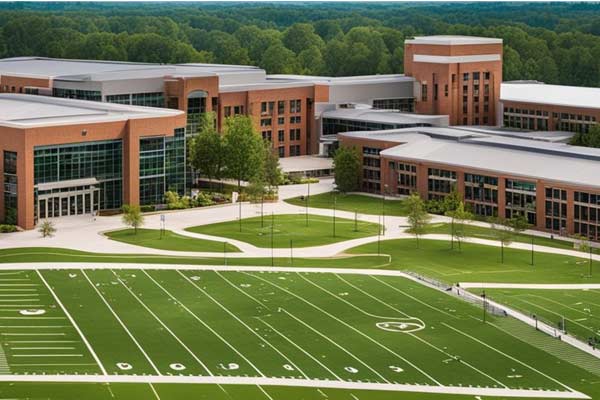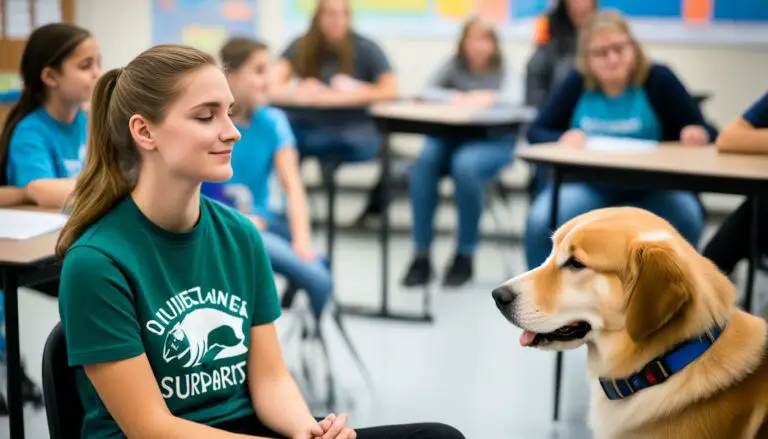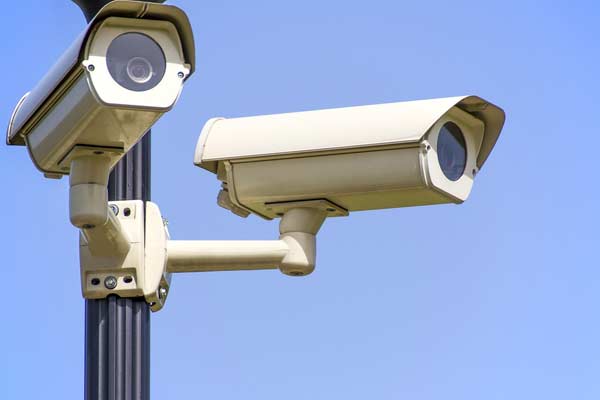When Do American Schools Start: A Comprehensive Guide
The American school system is a complex network of public and private institutions that provide education to students from kindergarten through twelfth grade. The system is divided into elementary, middle, and high schools, each with unique requirements and expectations.
The typical school year in the United States is approximately 180 days long, with the academic year usually starting in late August or early September and ending in May or June. The school year is divided into quarters or semesters, with students receiving grades at the end of each term.
The curriculum taught in American schools varies depending on the state and school district. However, most schools follow a similar core curriculum, including English, mathematics, science, and social studies. In addition, many schools offer elective courses, such as foreign languages, music, art, and physical education.
A combination of federal, state, and local taxes funds American schools. Public schools are free and open to all students, while private schools charge tuition and may have more selective admission requirements. Homeschooling is also an option for families who prefer to educate their children at home.
Typical Start Dates
The start of the school year in the United States varies depending on the state and school district. Generally, the school year starts between early August and early September, with regional variations across the country.
Most K-12 students at U.S. public schools have a school year of about 180 days, but when that year starts and ends varies substantially by location. For example, the school year in New York can begin no earlier than September 1 and extend no later than June 30. Public school districts must apply for a waiver from the state education department if they want additional days.
School districts can set their start dates in some states, such as Arizona. This can lead to variations within the state, with some districts starting as early as the first week of August and others starting after Labor Day in September.
It is worth noting that start dates can also vary based on the level of education. For example, colleges and universities often start later than K-12 schools, with many beginning in late August or early September.
Factors Influencing Start Dates
When deciding when American schools start, several factors come into play. Here are some of the most significant ones:
State Laws
State laws play a significant role in determining when schools can start. In many states, some laws dictate when schools can start and end. These laws are often designed to ensure that schools don’t start too early or end too late, which can interfere with summer vacation plans or other activities.
For example, in California, schools are prohibited from starting earlier than the Wednesday after Labor Day, while in Texas, schools can only start after the fourth Monday in August.
🌟 Hey Students! 🚀 Ready for the ultimate experience? Join us on Studentsinside.com's Facebook, YouTube, WhatsApp, and LinkedIn. Click now for tips, fun, and success vibes! 🌈✨ #StudentLife #JoinUs
Local District Policies
In addition to state laws, local district policies can influence when schools start. Some districts may start earlier or later than the state-mandated start date, depending on student needs, teacher contracts, or community preferences.
For example, some districts may start earlier so students can finish exams before winter break, while others may choose to start later to avoid conflicts with local fairs or festivals.
Weather Conditions
Weather conditions can also play a role in determining when schools start. In areas with harsh winters, for example, schools may choose to start earlier so that they can finish the school year before the worst of the weather hits. Conversely, in areas with hot summers, schools may choose to start later so that students aren’t exposed to extreme heat during the school day.
Variations Across States
American schools start at different times of the year, depending on the state. While some schools start as early as late July, others start after Labor Day. The reasons for these variations need to be clarified, but state laws play a role in determining school start dates.
Southern States
Children in Southern states generally start school earlier than those in other parts of the country. In states like Georgia, Alabama, and Texas, school can start as early as August 1. This is partly due to the hot weather in these states, which makes it difficult for children to attend school in the middle of summer.
Northern States
In contrast, schools in Northern states tend to start later in the year. In states like Minnesota, Michigan, and Wisconsin, school typically starts after Labor Day. This is partly due to the cold weather in these states, making it difficult for children to attend school in winter.
West Coast States
Schools in West Coast states like California and Washington tend to start in mid to late August. This is partly due to the mild weather in these states, which makes it easier for children to attend school in the summer months. Additionally, many schools in these states operate year-round, with shorter breaks throughout the year instead of a long summer break.
Impact of Start Dates
Academic Performance
Start dates can have a significant impact on academic performance. According to a National Bureau of Economic Research study, starting school earlier in the year can lead to higher test scores. This may be because students have more time to learn before essential exams.
However, starting school earlier can also harm academic performance. A study by the American Psychological Association found that starting school before 8:30 a.m. can lead to sleep deprivation in students, which can negatively affect academic performance.
Student Health
When school starts early, students might get sick more often, miss more days, and not do as well in their studies. But if school starts later, like after 8:30 a.m., it can help students sleep better, making them healthier and better at school.
Recent Trends and Changes
The American education system has undergone significant changes in response to the COVID-19 pandemic in recent years. Many schools have shifted to online learning to ensure the safety of students and teachers. As a result, virtual charter schools have seen an increase in enrollment.
According to the National Center for Education Statistics (NCES), fewer public schools closed in 2017 than in 2016. However, the pandemic has forced many schools to close temporarily or switch to remote learning. This has led to a rise in students attending virtual schools.
In addition to online learning, some school districts have implemented a four-day school week. This trend has been more common in smaller, rural districts, but larger districts are also considering it. Supporters of the four-day week argue that it can improve student attendance and reduce transportation costs.
Despite these changes, the start and end dates of the school year continue to vary across the country. Most K-12 students attend school for about 180 days, but the exact dates depend on the location. Some schools start as early as late July, while others don’t start until after Labor Day.








